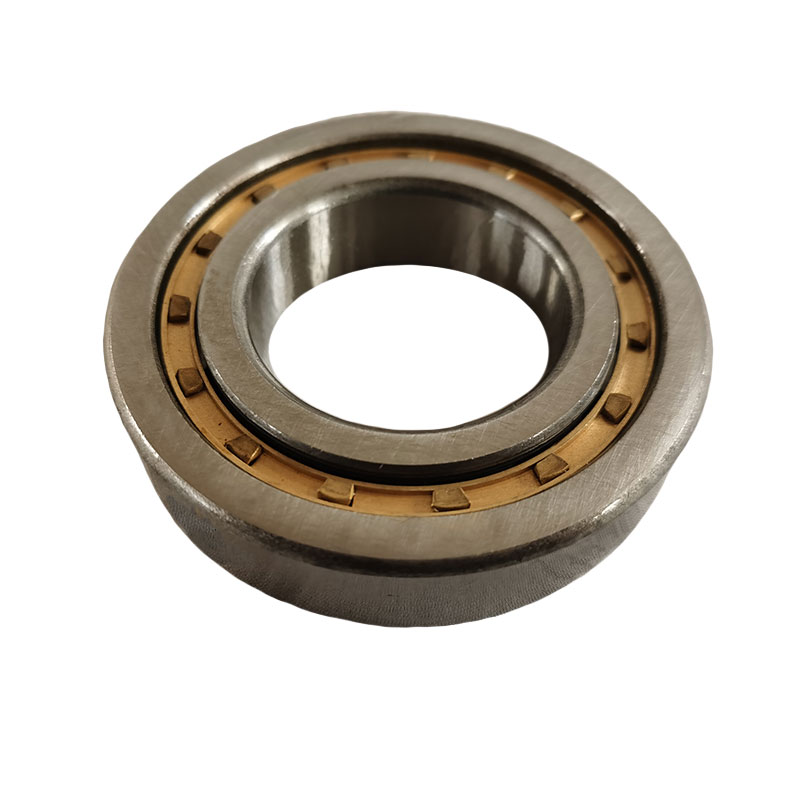Roller Bearings: Enhancing Efficiency and Performance in Mechanical Systems
Roller bearings are a fundamental component in various mechanical systems, playing a crucial role in supporting and facilitating smooth motion. These innovative devices have revolutionized industries by minimizing friction and enabling efficient movement across a range of applications.
Understanding Roller Bearings
At their core, roller bearings are cylindrical-shaped components designed to reduce friction between moving parts. They achieve this by replacing sliding friction with rolling friction. This mechanism not only reduces wear and tear on components but also enhances the overall efficiency and longevity of mechanical systems.

Types of Roller Bearings
Cylindrical Roller Bearings: These bearings have high radial load capacity and are suitable for applications where heavy loads and shock loads are prevalent, such as in automotive transmissions and industrial machinery.
Tapered Roller Bearings: Ideal for supporting combined axial and radial loads, these bearings are commonly used in wheel hubs, gearboxes, and construction equipment.
Spherical Roller Bearings: Engineered to accommodate misalignment and heavy radial loads, spherical roller bearings find applications in paper mills, conveyor equipment, and mining machinery.
Needle Roller Bearings: With a slender design, these bearings are used in applications with limited radial space, such as in automotive and aerospace industries.
Thrust Roller Bearings: Designed to handle axial loads, thrust roller bearings are crucial in automotive transmissions, marine applications, and material handling systems.
Benefits of Roller Bearings
Reduced Friction: Roller bearings significantly decrease friction compared to plain bearings, leading to energy savings and lower heat generation.
Enhanced Durability: The rolling motion reduces wear, extending the lifespan of components and reducing maintenance requirements.
High Load Capacity: Roller bearings can handle heavy loads while maintaining their performance, making them suitable for various industrial applications.
Precise Motion Control: These bearings offer precise control over motion, crucial in applications requiring accurate positioning and alignment.
Versatility: With various types available, roller bearings can be tailored to suit specific application requirements.
Proper Maintenance and Installation
To reap the full benefits of roller bearings, proper maintenance and installation are imperative:
Lubrication: Regular lubrication is essential to minimize friction and prevent premature wear.
Alignment: Accurate alignment of shafts and housing is crucial to prevent excessive loads on bearings.
Sealing: Proper sealing protects bearings from contaminants and moisture, extending their lifespan.
Conclusion
Cylindrical Roller bearings have transformed the way mechanical systems operate, providing efficiency, durability, and performance improvements across industries. By understanding the types, benefits, and maintenance practices associated with roller bearings, engineers and technicians can harness their full potential and continue pushing the boundaries of innovation in the field of mechanical engineering.


